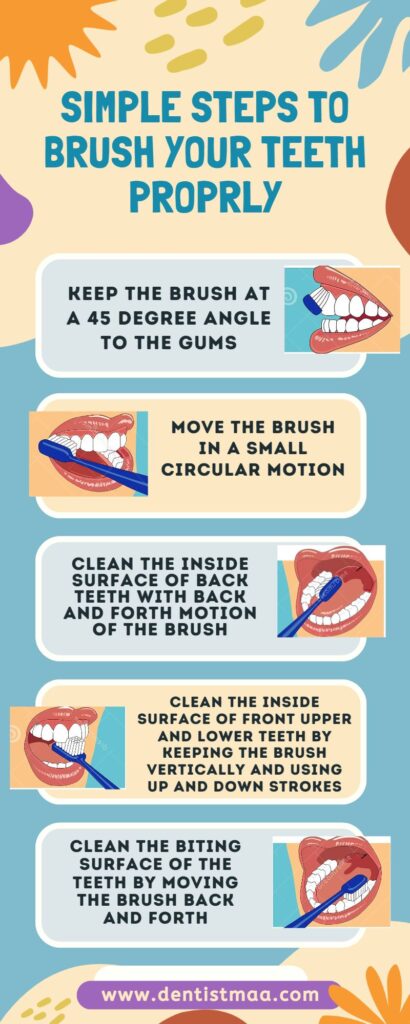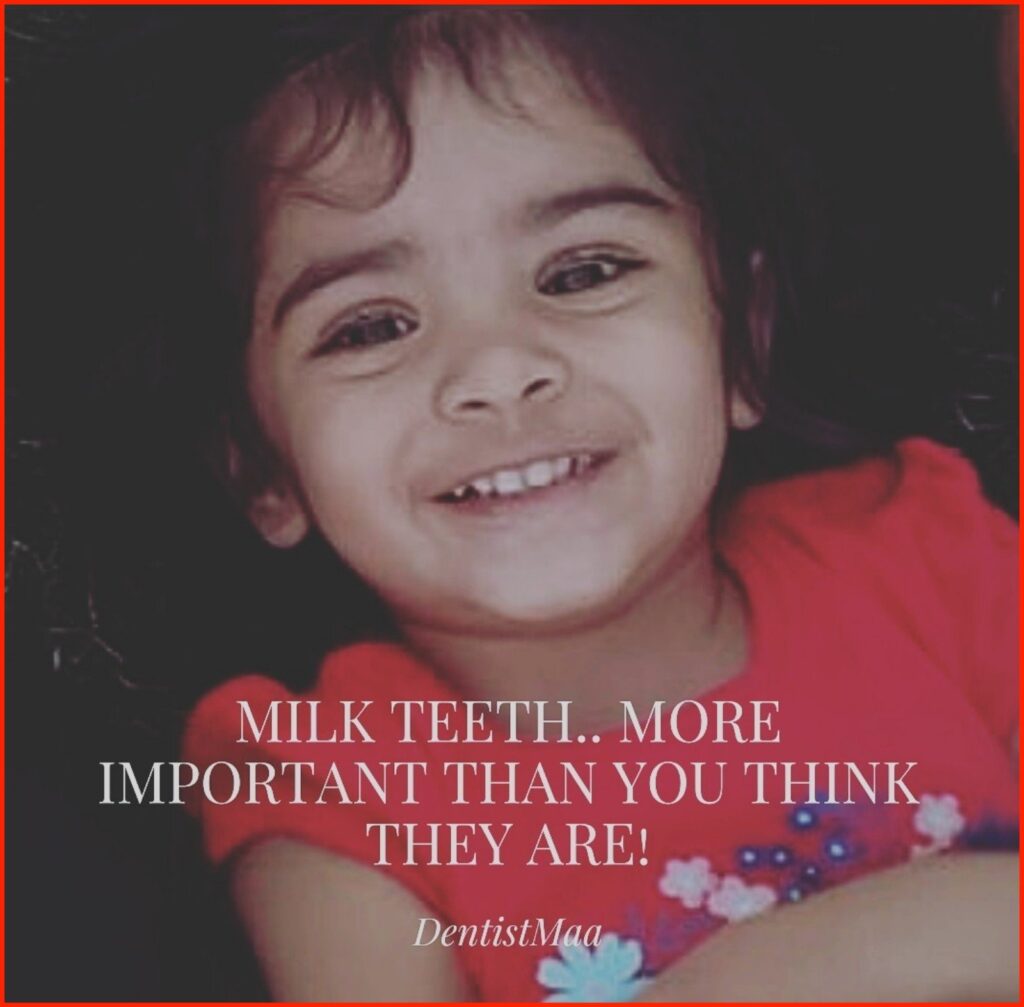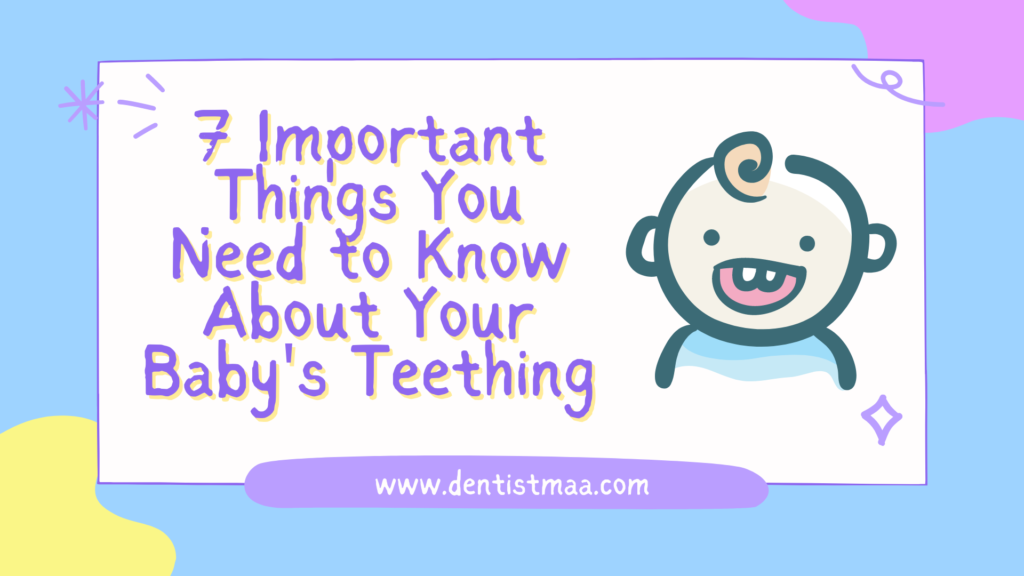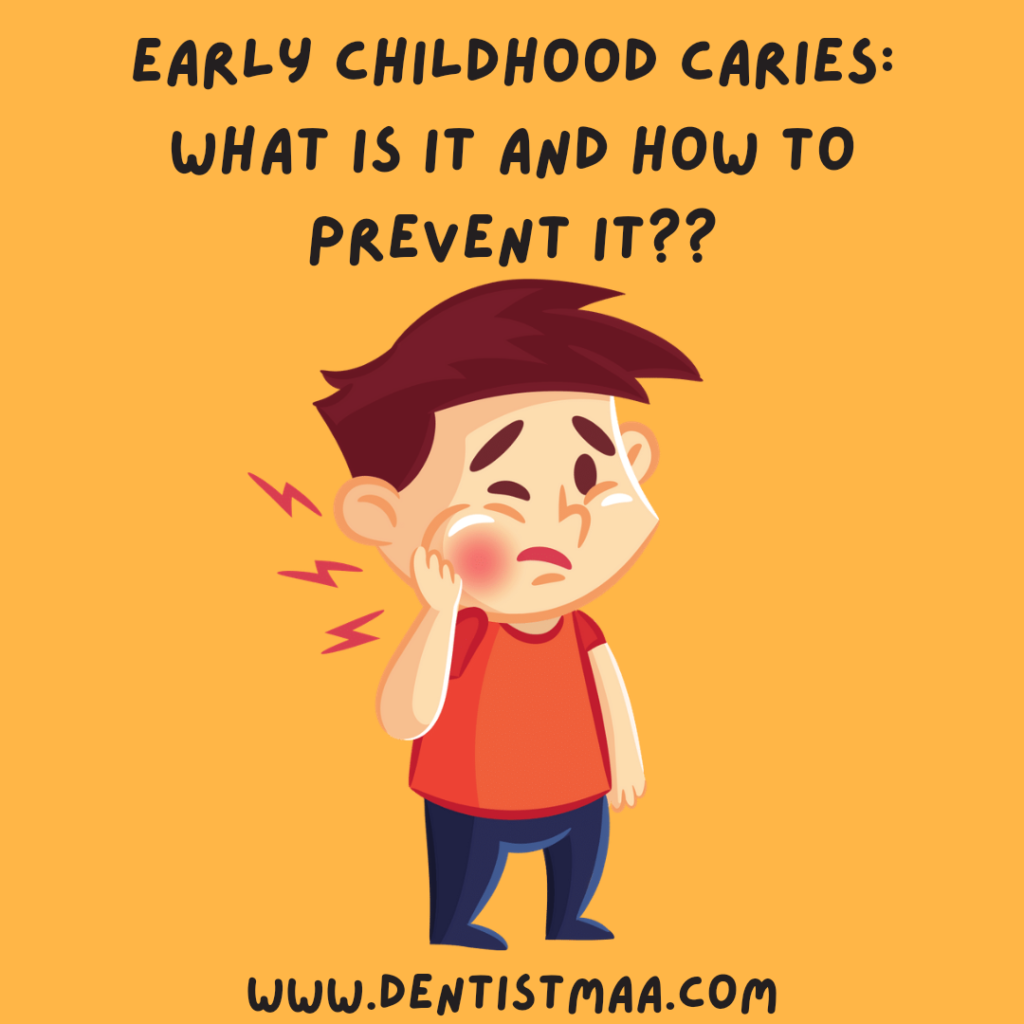For many, it is a dilemma which brush to use. It is a difficult choice when it comes to a manual toothbrush vs an electric toothbrush. But both have their pros and cons. Technology has been so advanced that our toothbrushes are also electric. But the question remains the same: should we replace our manual toothbrush with an electric toothbrush?
In This Article
When and why was the electric toothbrush invented?
The electric toothbrush was invented by Swiss dentist Philippe-Guy Woog in 1954. The electric toothbrush was invented for people with motor skills impairment and those who wear braces, as it would be easy to clean the teeth with a powered toothbrush. The main purpose of the toothbrush was not to help normal people brush. But the production increased rapidly, and slowly it was available to the common masses for maintaining routine oral hygiene.
The power supply to the brush was the main problem. The batteries were not replaceable when the brush was introduced in America first, and the battery lasted for a short period of time. So the brush had to be replaced.
As the technology has advanced, so have the electric brushes. Now the brushes are available with direct charge options, and also the batteries are replaceable. They are portable and much easier to use because of their slim design.
> TIP - Brush your child's teeth yourself at least till the age of 6-7 years and under supervision for another 1-2 years.
Pros of an electric toothbrush
Easier to use for people with limited mobility
The electric toothbrush was invented for people with limited mobility. So, when the dexterity of the hands is not good and the movements are haphazard and restricted, an electric toothbrush helps in maintaining good oral hygiene, as you do not have to move the brush too much. Once you switch on the brush, it will start working and clean the surfaces. So, it is a must-buy for people with limited mobility and dexterity of the hands. Even if a caregiver is brushing the teeth, it would be easier for him or her.
Easier to use for patients with orthodontic appliances
Patients with braces find it difficult to brush their teeth due to the braces covering a major portion of the tooth surface. In such cases electric toothbrush is a good choice. It will clean the surface and also go around the braces to clean the surfaces. Orthodontic brushes are also available, but those are manual.
Easier to use for children
Children also do not have good dexterity. So, get your child an electric toothbrush if the child is brushing his or her teeth on their own. They will get a much cleaner surface. Also, first teach them how to use the brush by demonstrating it and tell them to be careful that the brush doesn’t fall.
Fun for children
Anything that runs on batteries is fun for children. If the child is not brushing well or is hesitant in brushing, get them an electric toothbrush, and you will be surprised that the child has started brushing on his or her own.
Related: 10 Exciting Ways To Get Your Toddler to Brush Their Teeth
Built-in timer
The best feature of an electric toothbrush is a built-in timer. The built-in timer is for 2 minutes for almost all the electric toothbrushes. A dentist recommends brushing teeth for at least 2 minutes. But with a manual toothbrush, we do not brush for 2 minutes most of the time. The electric toothbrush will stop on its own when 2 minutes are done. Also, some electric toothbrushes pause after every 30 seconds to remind you to move to the next quadrant of the mouth. So, this helps in maintaining a good brushing time and, therefore, good oral hygiene.
> TIP - Let the child choose his or her own toothbrush. This will help in developing an interest in brushing.
Cons of an electric toothbrush
Expensive
Compared to a manual toothbrush, an electric toothbrush is quite expensive. The cost might be 3-4 times that of a normal manual toothbrush. If you can afford it, you can choose to go with an electric toothbrush. If not, then a manual toothbrush will also do.
It requires batteries
Batteries are required to operate an electric toothbrush. So, either the batteries are replaceable or chargeable, in both cases, you need to be aware that it is charged so that you don’t have to wait to brush your teeth.
Not easily available
You are on a trip and you forgot to get your brush? It might be a little difficult if you are in the habit of brushing with an electric toothbrush alone, as it is not easily available everywhere. And also, if you get it, it will be expensive.

Pros of a manual toothbrush
Not very expensive
A manual toothbrush is affordable. So, you can buy it anytime and change the brush every 3 months, which is recommended by the dentists. It comes in various affordable ranges.
No batteries required
A manual toothbrush doesn’t require any batteries. So, just enter the washroom, brush your teeth and come back. No tension of charging or changing the batteries.
Easily available
Any pharmacy or grocery store will have a toothbrush easily available. You can buy one in case of an emergency.
Portable
A manual toothbrush is very portable. You can carry it easily just in a pouch. It doesn’t need much space. For an electric toothbrush, you will have to carry the brush, which is a little bulky, as well as the charger if it is chargeable or an extra set of batteries if it is on batteries.
> TIP - Never use a hard toothbrush or never brush with a lot of force. It is not good for your gums and teeth.
Cons of a manual toothbrush
No timer, so you might brush for a little less time
As the manual toothbrush has no timer, it is seen that most people do not brush for 2 minutes, which is advisable by all the dentists. Either you need to put a timer while brushing, or you can get a minute glass which will help.
Generates a lot of plastic waste
Dentists recommend that you change your toothbrush at least once every 3 months, when the brush frays or after recovering from the flu. That generates a lot of plastic waste, which is not good for our environment. The plastic brushes have now been replaced by bamboo brushes, which help in reducing plastic waste.
It might not reach the last tooth
The head size of the manual toothbrush is usually a little larger. This might not reach the last tooth, especially when it is a third molar, which will cause the tooth to decay in the long run. An electric toothbrush has a smaller head size and so will reach the posterior area where the space is less. So, if you are used to a manual toothbrush, what you can do is choose a smaller head size like that of a kids’ toothbrush. Kids 2+ toothbrushes are easy to use, and you can brush conveniently with them, and it will reach your last molar as well.
Difficult to use for disabled people and children
When the dexterity of the hands is not good, you might not be brushing your teeth well with a manual toothbrush. So, in that case, an electric toothbrush is a good pick. Its head rotates on its own. You would just have to place it on the surface of the teeth.
Related: Toothbrush Care Manual

Takeaway message
According to the ADA (American Dental Association) both the electric as well as the manual toothbrush are effective in removing the plaque, which causes the decay. So, it is totally up to you which toothbrush you would prefer and use to maintain your oral hygiene.
Disclaimer:
This blog provides general information about electric and manual toothbrushes. The opinion and content on this blog are only for conversational purposes and should not be interpreted as dental advice about any particular individual. If the reader or any other person has a dental concern, he or she should consult with an appropriate licensed dentist or a health care provider.
To Book and Appointment With Dr. Garima Verma Click the Link Below





Very informative… Thank you for sharing 😊
thank you so much 🙂